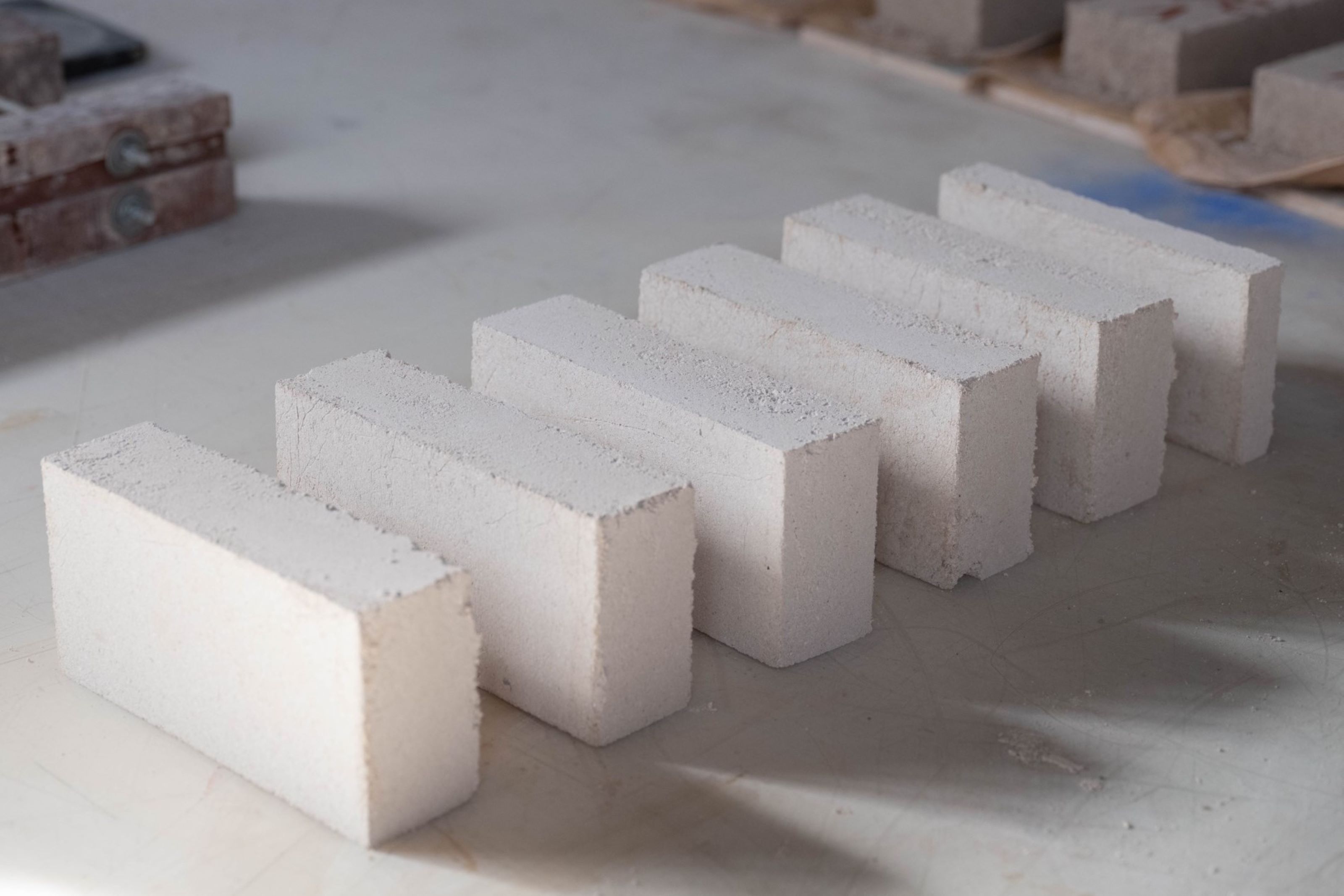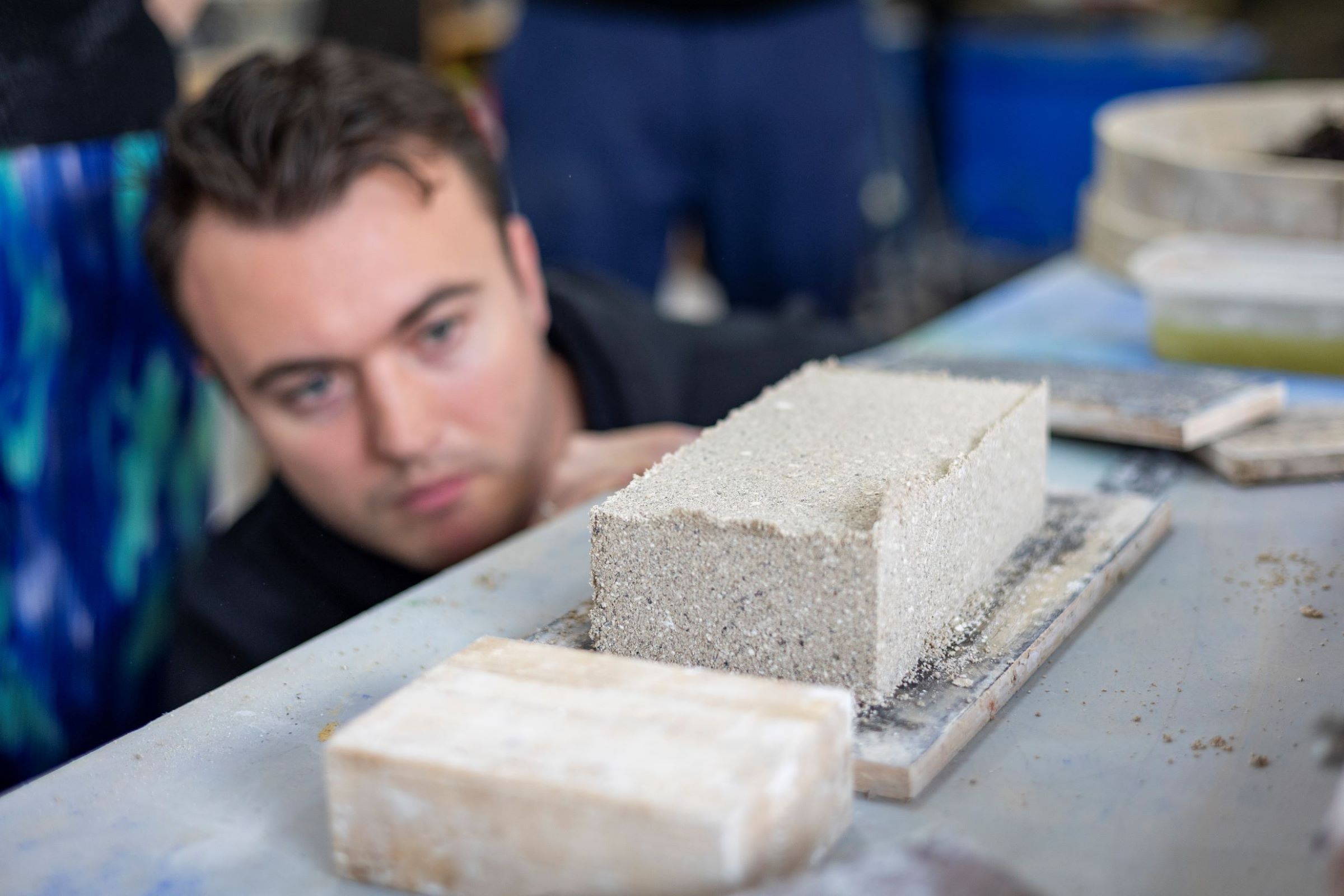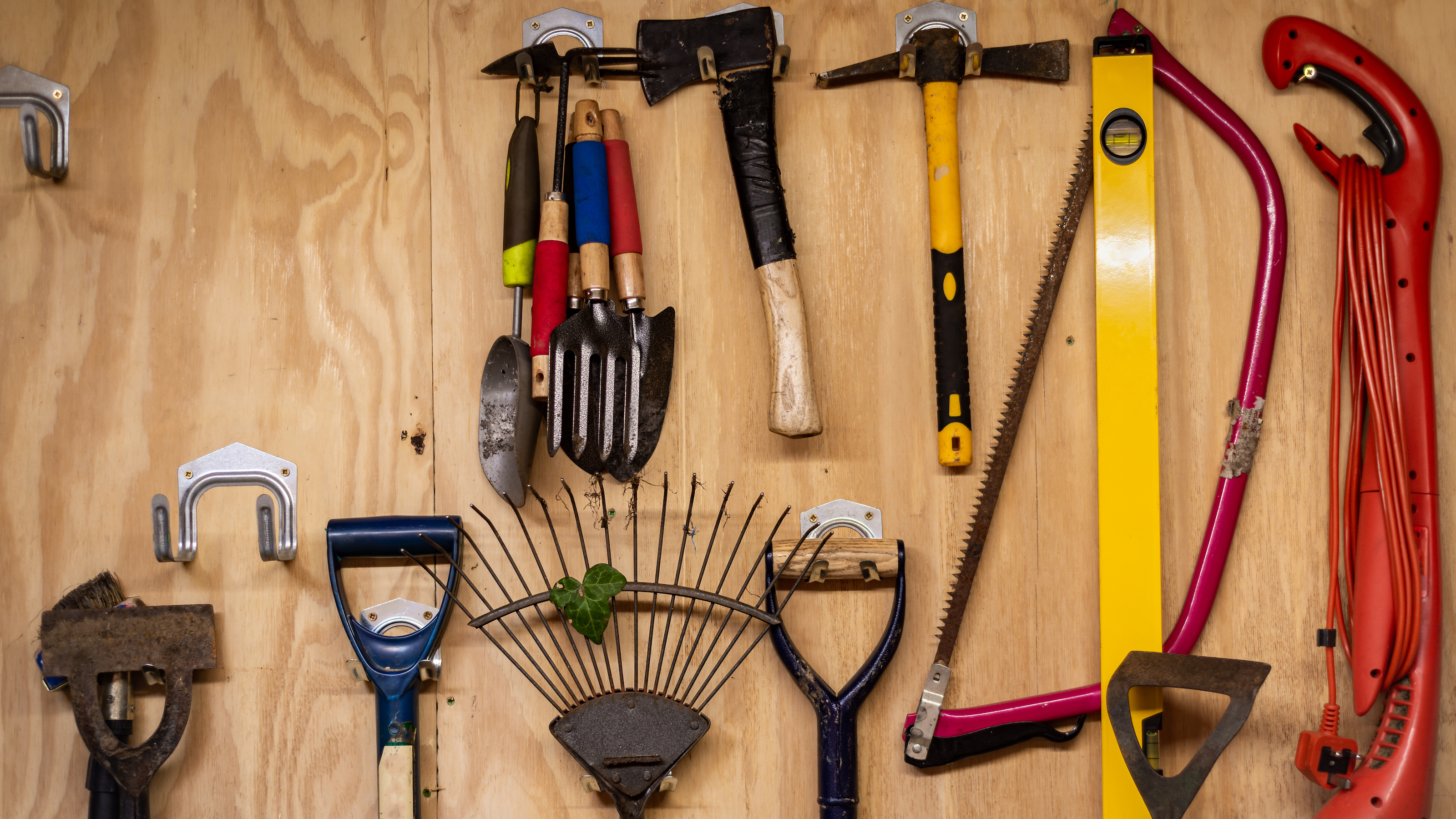Carbon-neutral brick unveiled in the UK — promising to 'change the industry'
UK start-up develops a carbon-neutral brick that it says can help cut emissions and change the government's mind about bricks being a viable eco-friendly building material

A carbon-neutral brick has been developed by a UK building materials company, which aims to reduce the carbon emissions produced during the homebuilding process.
Seratech, a climate-tech start-up, and collaborator with Imperial College London, has unveiled its pioneering carbon-neutral brick prototype after 18 months of research.
This innovative brick not only doesn't add to carbon emissions but can also store CO2 emissions from other industrial sources within built homes for a lasting environmental impact.
We explain how this type of brick works, how it reduces carbon emissions, and when the construction industry can expect to see the brick on the market.
How is the brick carbon-neutral?
Unlike traditional clay bricks, which require firing at over 1200°C and have close to 1kg of embodied CO2 per brick, the carbon-neutral brick requires minimal firing at 60° overnight and ambient curing for up to two weeks, significantly reducing its carbon footprint.
The key to the brick's success lies in its binding agent, magnesium carbonate, which means when the brick is manufactured the magnesium carbonate component actively incorporates CO2 emissions, essentially trapping them within the brick's structure, making it easier to help build eco homes.
The company is also practising electrifying the process with renewable energy and using atmospheric CO2 during production in an attempt to make the brick carbon negative, meaning it would actually take away carbon emissions.
Get the Homebuilding & Renovating Newsletter
Bring your dream home to life with expert advice, how to guides and design inspiration. Sign up for our newsletter and get two free tickets to a Homebuilding & Renovating Show near you.
Company claims it could 'change the entire industry'

According to government statistics, homebuilding in the UK contributes 25% of the country's total greenhouse gas emissions.
This includes emissions during the entire life cycle, from manufacturing materials to construction, maintenance, and demolition. To achieve the government's goal of net zero emissions by 2050, it's crucial to reduce emissions from the built environment.
In order to reach this target the government will introduce the Future Homes Standard in 2025, which will ensure that new homes built from 2025 produce 75-80% less carbon emissions. Part of the government recommendations to reduce carbon emissions is for homebuilders is to build timber rather than brick houses.
Government guidance came from Dr Alice Moncaster, Senior Lecturer at the School of Engineering and Innovation, The Open University, who said: "If we replace a concrete frame and all brick and block houses with timber-framed houses, then you can reduce embodied carbon by about half."
However, Caitlin Howe, Seratech’s Technical Director, said their carbon-neutral bricks could help change the industry and promote bricks as a viable eco-friendly building material, as she said: “It’s wonderful to be working towards something that will hopefully make a difference to carbon emissions in the long run.
"Knowing there is scope for this product to change the entire industry is incredibly exciting and spurs you on. It really looks and feels like a conventional brick."
When will the brick be commercially available?
The product is set to undergo a comprehensive Life Cycle Assessment to evaluate its environmental impact accurately.
Seratech is collaborating with London-based architect Carmody Groarke and has received a Design Exchange Partnership grant from the Arts and Humanities Research Council (AHRC).
This collaboration, along with input from structural engineers AKT II and materials specialists Local Works Studio, will aim to ensure the brick prototype meets building regulations before becoming available on the market.
Sian Ricketts, Sustainability Lead at Carmody Groarke, said: “We’re really excited for our practice to be working with material scientists who are operating at the top of their game and foster this collaborative process. As architects we see this as incredibly important."

News Editor Joseph has previously written for Today’s Media and Chambers & Partners, focusing on news for conveyancers and industry professionals. Joseph has just started his own self build project, building his own home on his family’s farm with planning permission for a timber frame, three-bedroom house in a one-acre field. The foundation work has already begun and he hopes to have the home built in the next year. Prior to this he renovated his family's home as well as doing several DIY projects, including installing a shower, building sheds, and livestock fences and shelters for the farm’s animals. Outside of homebuilding, Joseph loves rugby and has written for Rugby World, the world’s largest rugby magazine.
